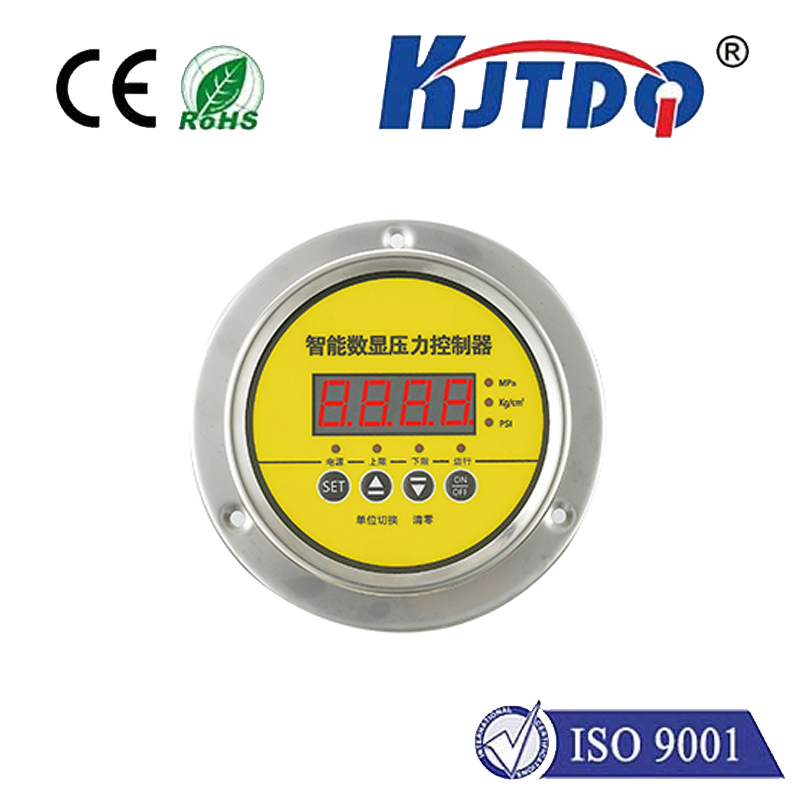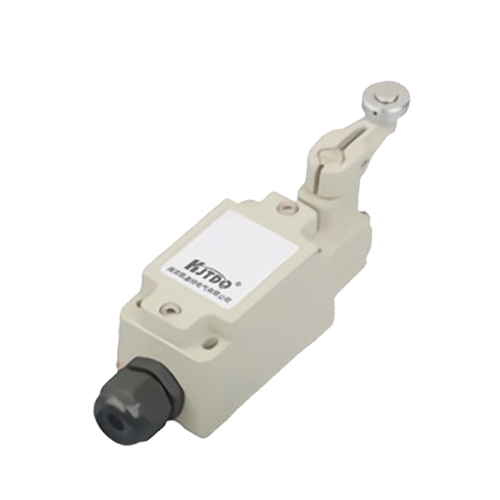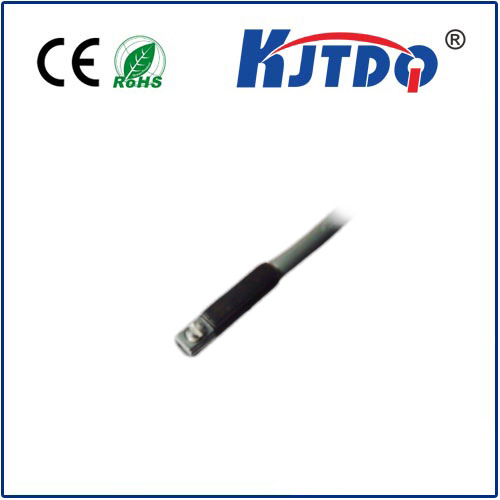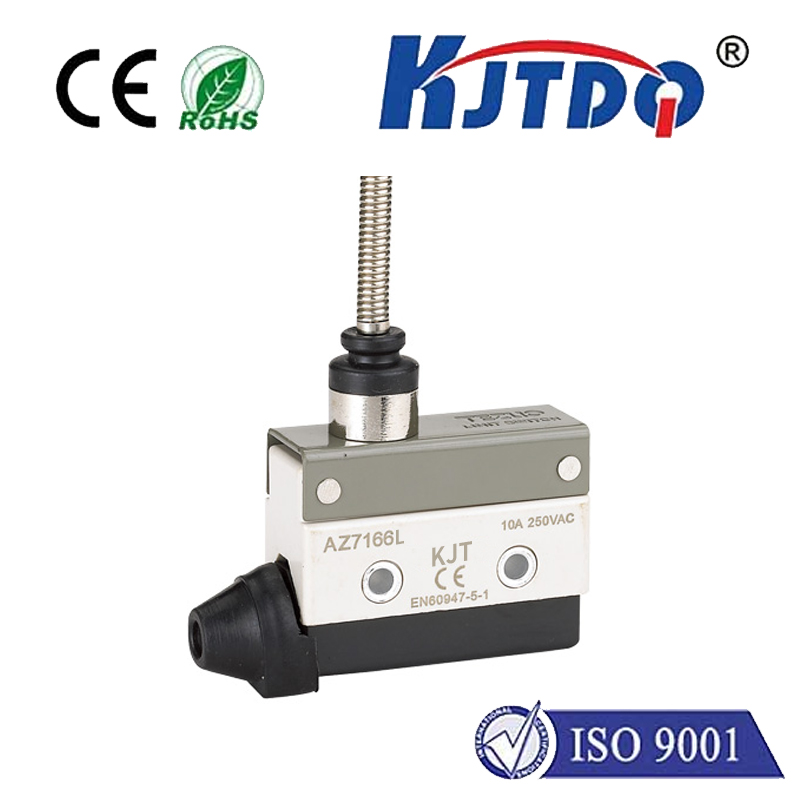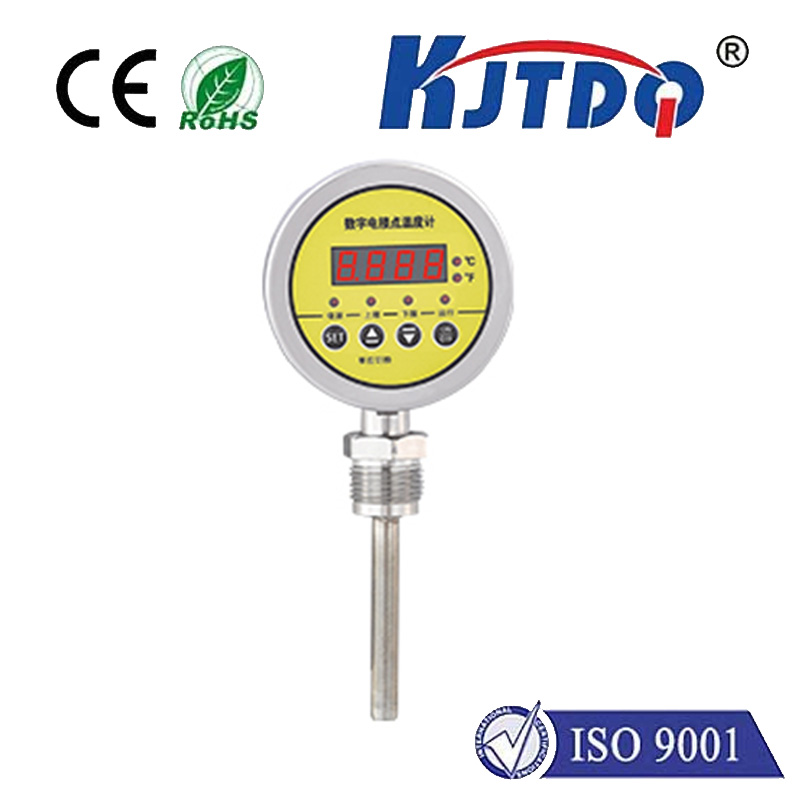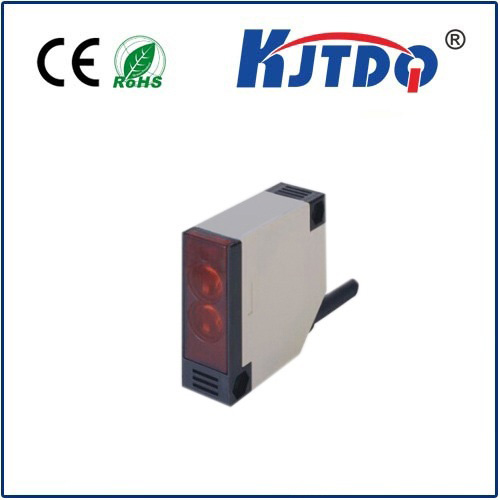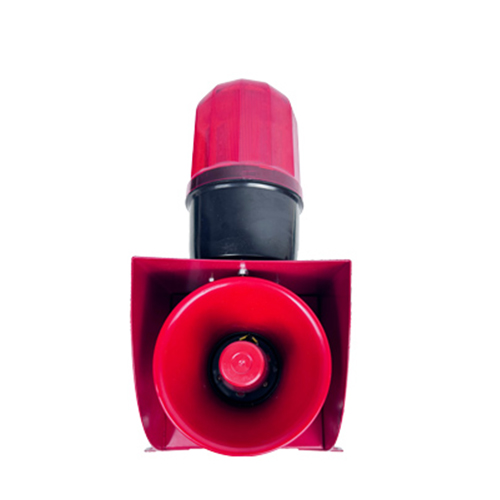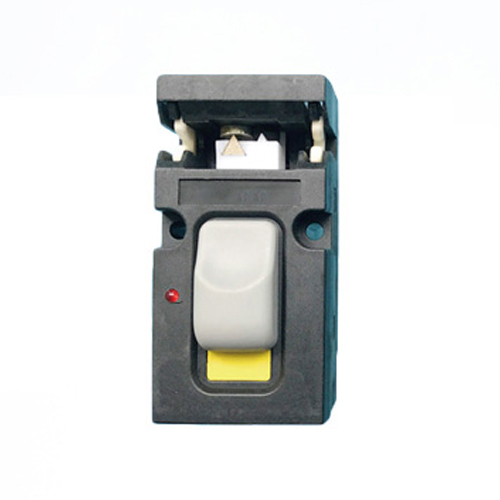

check

check

check

check
Revolutionizing Precision: The E3FA-DP23 Small Photoelectric Sensor
In today’s rapidly evolving industrial landscape, accuracy and speed are no longer luxuries—they are necessities. Imagine a world where machines detect objects with near-instantaneous precision, eliminating errors and boosting productivity to unprecedented heights. That’s where the E3FA-DP23 small photoelectric sensor steps in as a silent yet powerful game-changer. Designed for demanding environments, this compact device transforms how industries approach automation by offering unmatched reliability in a petite package. As factories and warehouses push for smarter, leaner operations, the demand for such high-performance sensors has skyrocketed. This article delves into the innovative features of the E3FA-DP23, exploring its role in modern applications and why it’s becoming a cornerstone for efficiency-driven setups.

Photoelectric sensors, at their core, operate by detecting changes in light to identify the presence or absence of objects. Unlike mechanical alternatives, they provide contactless sensing, reducing wear and tear while enhancing longevity in high-throughput settings. Think of a conveyor belt in a bustling warehouse: a photoelectric sensor instantly spots items passing by, triggering actions like sorting or counting without manual intervention. This technology has roots in decades of industrial innovation, but recent advances have refined it into compact, versatile tools like the E3FA-DP23. By emitting a light beam—often infrared or red LED—and measuring its reflection or interruption, these sensors deliver real-time data that drives automation decisions. This makes them indispensable in sectors ranging from manufacturing to logistics, where split-second accuracy can mean the difference between profit and loss.
The E3FA-DP23 stands out not just as a sensor, but as a marvel of engineering tailored for modern challenges. Its compact size is a key advantage: measuring just a few centimeters, it fits into tight spaces where bulkier sensors fail, enabling installations in intricate machinery or overcrowded production lines. But don’t let its small stature fool you—this device packs a punch with high precision detection, capable of resolving gaps as narrow as a few millimeters. This ensures reliable performance even in challenging conditions, such as dusty factories or fluctuating light environments. The E3FA-DP23 also boasts a robust IP67-rated enclosure, making it dustproof and waterproof to withstand harsh industrial settings without false triggers. Power efficiency is another highlight, with low energy consumption that cuts operational costs while supporting sustainable practices. Users often praise its intuitive setup, featuring adjustable sensitivity and easy calibration via simple dials or digital interfaces, reducing downtime during installation. Moreover, its versatile output options, like NPN or PNP configurations, integrate seamlessly with PLCs and other control systems, fostering a plug-and-play approach to automation upgrades. By emphasizing durability and adaptability, this sensor excels where others stumble.
Applications of the E3FA-DP23 span diverse industries, proving its versatility beyond mere novelty. In automotive manufacturing, it ensures precise part alignment on assembly lines, detecting components like screws or panels to prevent errors that could halt production. For instance, a car factory might deploy it to verify door installations, slapping costly rework with near-perfect accuracy. Logistics sectors leverage its small form for package sorting in automated warehouses, where it identifies items on high-speed conveyors, boosting throughput by 20% or more. Food and beverage plants also benefit, using it to monitor fill levels in containers, ensuring consistent quality while adhering to hygiene standards—after all, contactless sensing means no contamination. Even in emerging fields like robotics, this photoelectric sensor guides autonomous systems in navigation and object handling, acting as the “eyes” that enable safer, more intelligent operations. Real-world data shows that integrating such devices can reduce downtime by over 30%, as they catch faults early and streamline workflows. Ultimately, the E3FA-DP23 empowers businesses to achieve higher efficiency with minimal overhead.
Why choose this specific model? Beyond its technical specs, the E3FA-DP23 delivers tangible benefits that ripple across operations. Its reliability under pressure minimizes maintenance costs, as fewer failures mean less unexpected downtime—critical in 24⁄7 environments. Energy savings translate to lower carbon footprints, aligning with green initiatives. This photoelectric sensor also supports scalability, allowing easy expansion as facilities grow without complex retrofits. In a competitive market, investing in such advanced detection tools can be a strategic edge, elevating productivity and safety standards. As industries embrace digital transformation, compact solutions like this are no longer optional; they’re essential for future-proofing operations. (Word count: 946)

